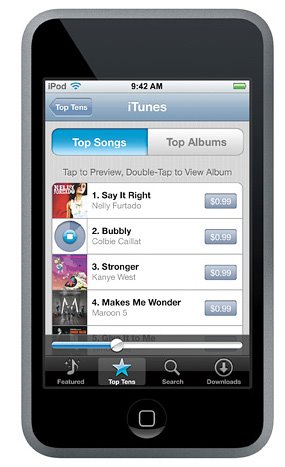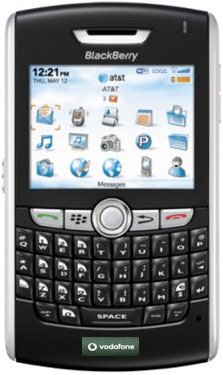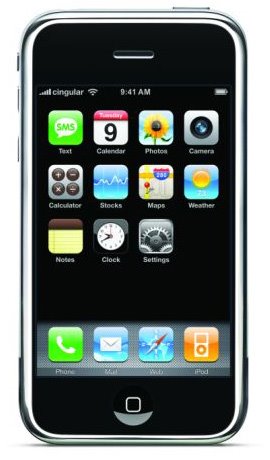With a price gap of about $500 between Olympus' consumer models and the E-3, Olympus has long had a pretty big hole in its dSLR lineup--a hole populated by extremely popular competitors such as the Nikon D90, the Canon EOS 40D, and the Canon EOS 50D. However, with the E-30, it looks as if Olympus enters the ring swinging. It has a host of attractions, including a 12-megapixel Live MOS sensor, articulating LCD, fun (if not terribly practical) Art Filters, sensor-shift image stabilization, and built-in 3-group wireless flash controller, plus very nice photo quality and fast performance.
Like all of Olympus' dSLRs, the E-30 is based on the Four Thirds system, which combines sensors half the size of a frame of 35mm film and the same 4:3 aspect ratio with a standard lens mount. The resulting magnification factor is 2x, compared with 1.6x (Canon) and 1.5x (all others). As of this review, you can buy it in two "official" configurations: body only and in a kit with the 14-42mm (28-84mm equivalent) lens. I tested it with the consumer-grade Olympus 9-18mm f4-5.6 lens (18-36mm equivalent) and the higher-grade 12-60mm f2.8-4 SWD lens. My advice: If you're planning on spending more than $1,000 for a body, don't skimp on the lens; though a lot more expensive, the 12-60mm is far nicer and more flexible than the 14-42mm kit lens. On a side note, the lenses in general seem a bit noisy to me.
The E-30 is similarly designed to the E-3 but makes some notable deviations. It lacks the complete dust and weather sealing of its older sibling, and in fact the chassis is made of fiberglass-reinforced plastic (the D90 is plastic as well). In contrast, the 50D has at least partial magnesium alloy construction. The E-30 nevertheless feels sturdy, comfortable to grip, and the lack of metal makes it a bit lighter: 1.7 pounds to the 50D's 1.9.
On the top left, the mode dial contains the usual assortment of exposure mode options: Program, aperture/shutter-priority, and manual (PASM); the most frequently used scene program modes; full auto; and Art/Scene, in which you can select from the handful of Olympus' new Art Filters or an additional set of scene program modes. The right side has back and front control dials--a nice touch since many manufacturers have jettisoned at least one dial--plus a full status LCD display. ISO (100 through 3,200), drive mode and white balance buttons bring up their respective options to scroll through; ditto for the AF (single, continuous and manual, plus AF and single with manual override) and metering (Digital ESP/evaluative, center-weighted, and shadow, highlight and standard spot) buttons. The AF and metering buttons together allow you to set exposure bracketing of up to five frames in 1/3, 2/3, and full stop increments.
On the opposite side of the body sit a programmable function button and AF area selection button. Not only does the E-30 have the same AF system as the E-3, but it also has the same options as well, including the capability to select from groups of AF points, which can come in quite handy if you're frequently shooting off-center subjects. The Fn button can enable/disable face detection, invoke Live Preview, set manual white balance, override the current AF area setting, switch between auto and manual focus, override raw+JPEG shooting or vice versa, shoot an unsaved preview shot, use your custom My Mode settings, and display the electronic level. Unfortunately, the My Mode implementation is pretty unusable. The camera has two My Mode slots for custom settings, but the only way to choose between them is to dive deep into the setup menus, and then the only way to invoke that particular mode while shooting is via the Fn button. I tend to think that custom settings are important enough to merit a standalone control or at least be accessible via the LCD control panel (it only tells you which mode is active).
One thing that has begun to really bother me about Olympus' selection interface within the menus is that it forces you to scroll through all the options while thinking there are shortcuts. For instance, when selecting an ISO, it displays three rows of options--Auto, 100, 125, 160 in the first row, 200, 250, 320, 400 in the second, and so on. But you can't use the up and down keys to go from one row to the next; you have to scroll to the end to get to the next row. While most systems usually require that you scroll through all the options, the annoyance is that Olympus' visual cues lead you to believe you can do otherwise.
Pressing the OK button centered in the four-way navigation switches brings up the Super Control Panel on the LCD. You can access almost every setting through the display. Some not previously mentioned include sharpness, saturation, contrast and gradation (normal, low key and high key), plus the Picture Mode presets (and custom settings) that encompass those; white balance, which includes manual tweaking along amber/blue and green/magenta sliders; and flash compensation and intensity. Toggling the display using the Info button brings up a pair of digital levels which show pitch (forward/backward) and roll (z-axis rotation) information; the roll display can appear in the viewfinder as well. At the bottom beneath the power switch sits the IS button, which controls the sensor-shift stabilizer mode. In addition to a mode for horizontal panning the E-30 also has a mode for vertical panning. This model also introduces an interesting multiple-exposure mode, which I didn't get much of a chance to play with.
Of course, right in the middle of the camera back is the flip-and-twist 230,000-dot 2.7-inch LCD. Though it's a bit smaller than the 3-inch versions on most competitors, I'd gladly exchange that tiny bit of screen real estate for the flexibility of the articulated LCD. Otherwise, the display is pretty typical; bright enough for viewing under a variety of lighting conditions, but not accurate enough to make serious decisions about color or exposure tweaks. The viewfinder is pretty good as well: it's large and bright, with plenty of information. And while it doesn't offer 100 percent coverage, it's pretty close at 98 percent--better than the 50D's 95 percent and the D90's 96 percent
Digital Century21 Copyright © 2009 Gadget Blog is Designed by Ipietoon Sponsored by Online Business Journal







0 komentar:
Posting Komentar